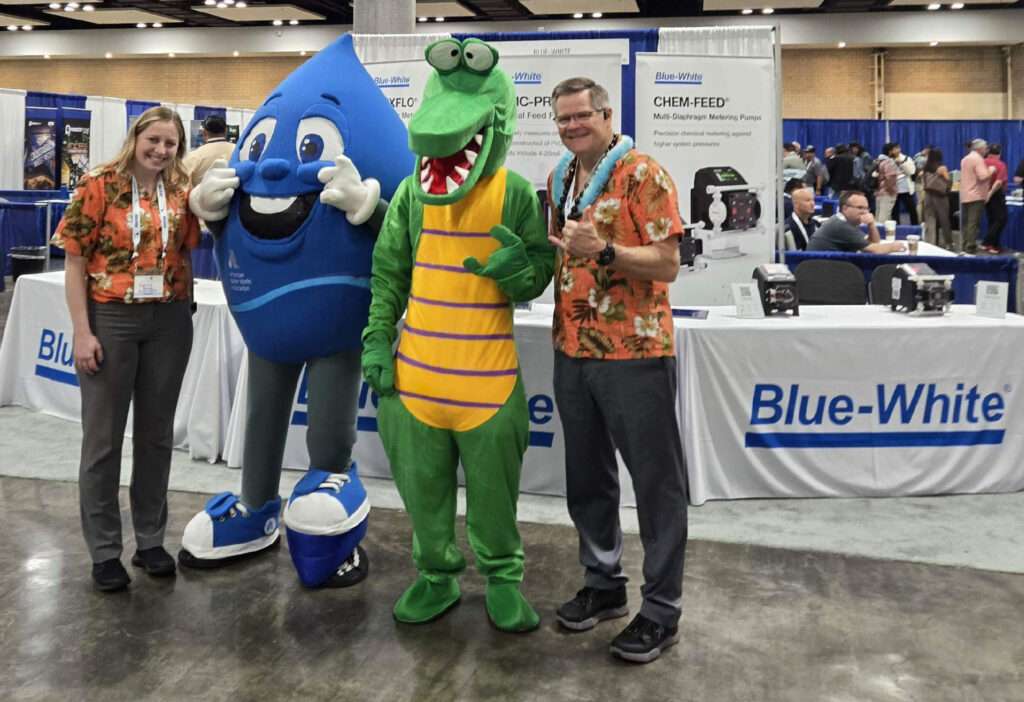
Water Disinfection Pumps & a Visit from ACE Mascot Eddy
It was a busy few days in Honolulu for the Pacific Water
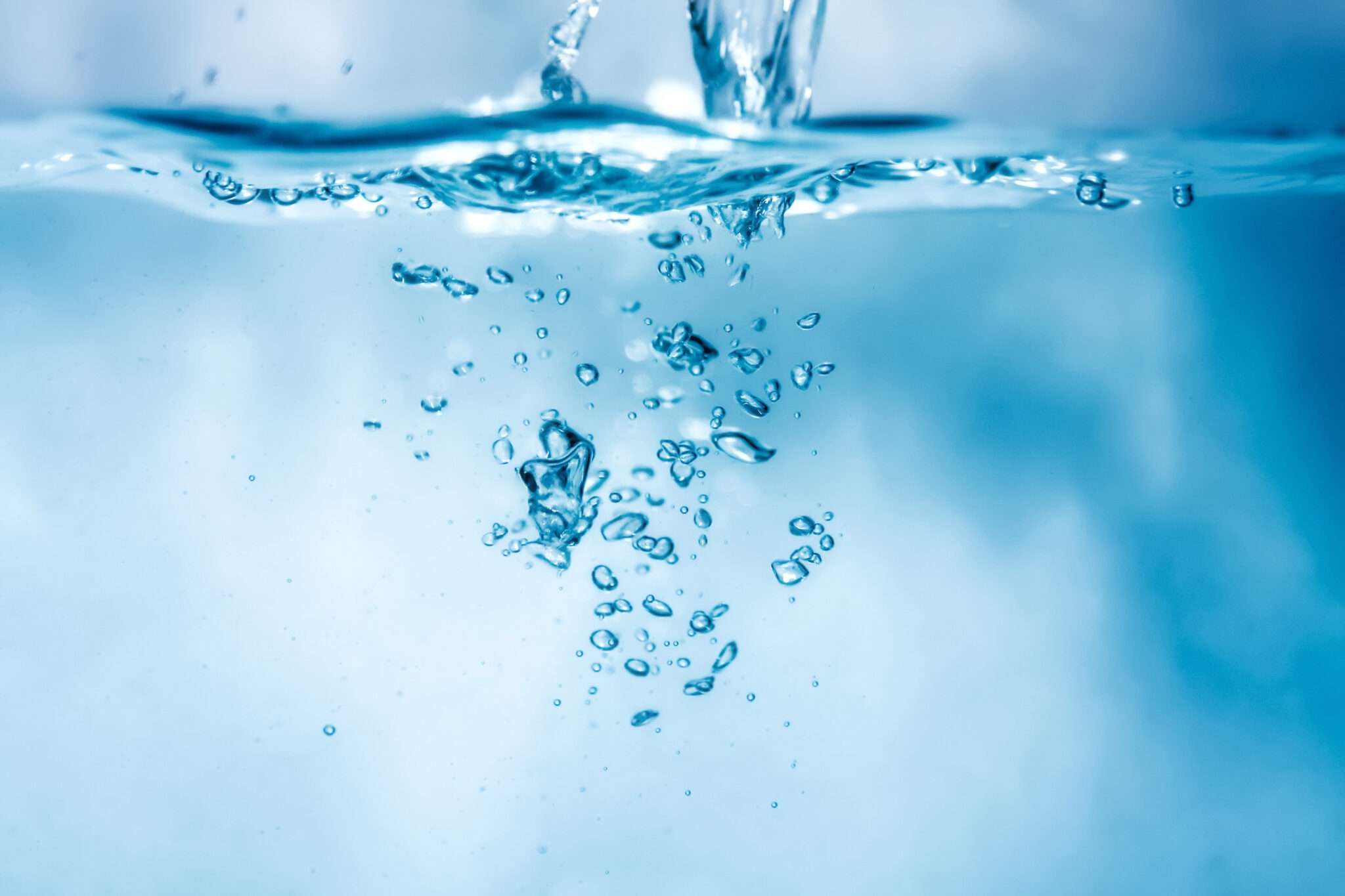
Flow meters are necessary in a variety of drinking and wastewater treatment applications. They may be used for measuring chemicals being metered, and regulating pump input and output, for tracking water loss, for measuring fluid flow in the system, and more.
Among flow metering technologies, Coriolis meters are known for their extreme accuracy, often between +/-0.1% to 0.2%. However, this extreme accuracy comes with an extreme price tag. Before committing to such an investment, it’s important to know the pros and cons of Coriolis meter technology, and how it compares to alternative technologies which are more economically priced, such as ultrasonic meters.
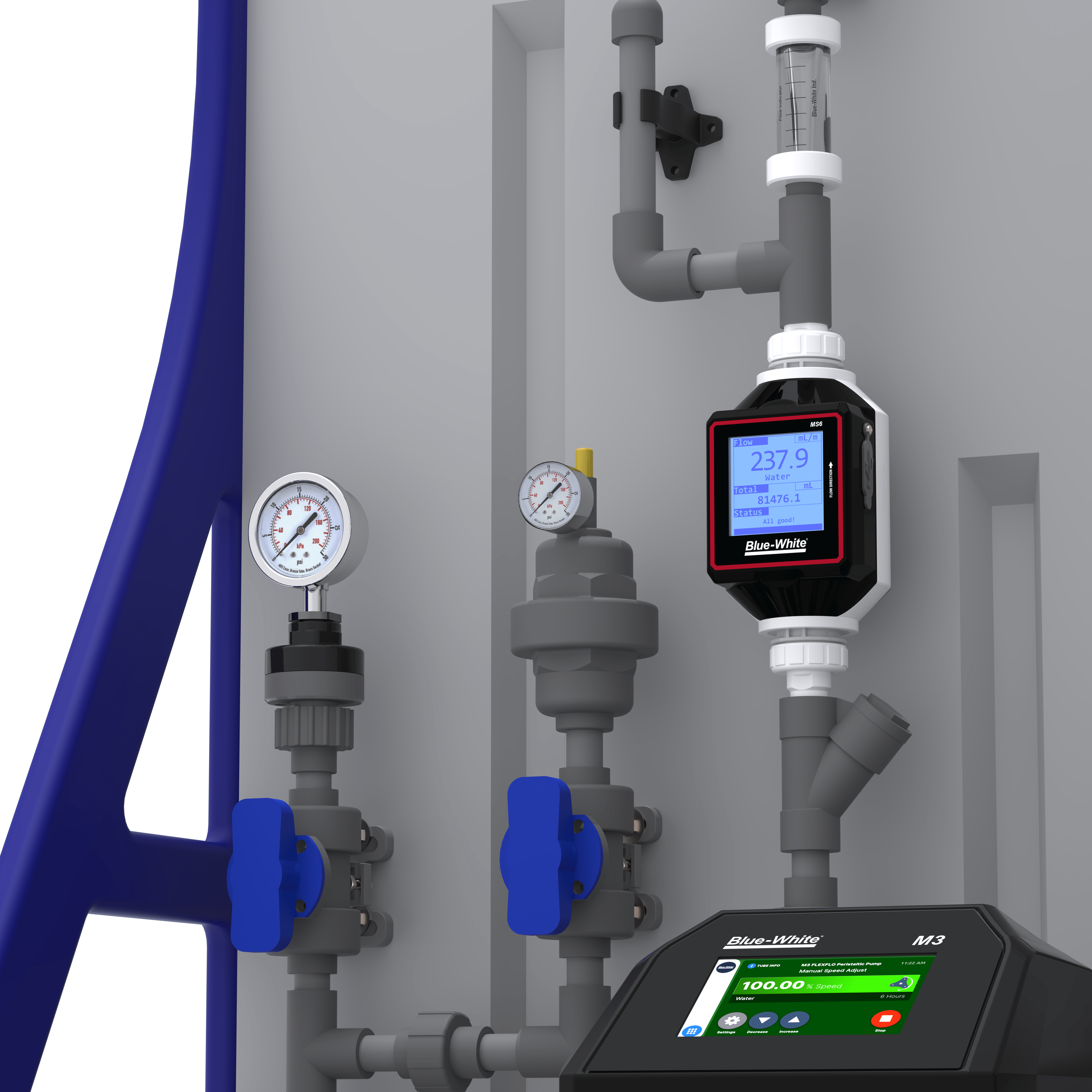
Coriolis meters measure the mass flow rate of a fluid by utilizing one or more vibrating tubes. As the fluid moves through the tubes, the interaction between its flow and the tube’s vibration creates a measurable deflection or twist in the tubes. This deflection is directly proportional to the mass flow rate of the fluid. Sensors detect the phase shift between the inlet and outlet ends of the tubes, and the meter’s electronics use this information to calculate the mass flow accurately.
By comparison, ultrasonic meters (Figure 1) measure the volumetric flow rate of a fluid using sound waves. Ultrasonic pulses are transmitted between transducers placed on opposite sides of the pipe. These pulses travel both upstream and downstream of the flow. When the fluid is moving, the sound waves traveling with the flow move faster than those traveling against it, creating a measurable time difference, or “transit time,” which is used to calculate the flow velocity and ultimately flow rate. Some ultrasonic meters can also use the Doppler effect, relying on sound reflections from particles or bubbles within the fluid, to measure flow.
The key difference between each type of meter is that the Coriolis meter measures mass, while ultrasonic meters measure velocity. That means the accuracy of the former is not impacted by changes in temperature, density, or viscosity. Coriolis meters measure mass, regardless of the phase it is in. This is why they are often preferred in oil and gas applications.
Both Coriolis and ultrasonic meters have their advantages. Some areas of consideration include:
Calibration. All meters need to be calibrated upon installation. However, Coriolis meters are susceptible to zero drift, where the reading for zero flow shifts over time to read some or negative flow. This occurs as a result of wear and tear on the tubes used to measure mass flow, as well as pressure fluctuations. Ultrasonic meters have no moving parts that can suffer wear and tear, and as a result rarely need to be recalibrated.
Maintenance. For similar reasons, Coriolis meters require more maintenance than ultrasonic meters. Caustic, abrasive, and other chemicals can corrode the meter’s tubes, requiring not just recalibration but sometimes replacement. The only component of ultrasonic meters that are exposed to the liquid are the transducers, but since the meters are often installed at the crown of the pipe, they are not always submerged and thus less likely to corrode.
Pressure. Changes in fluid pressure are common in many water treatment applications. While this does not impact ultrasonic measurement accuracy, it can be disruptive to Coriolis meters. Pulsations and other pressure variations can cause vibrations in the tube, resulting in inaccurate readings. To minimize this, pressure or pulsation dampeners may be needed, which increases system complexity and cost.
Low flows. Coriolis meters have a limited flow range, and they become inaccurate at lower flow rates. Most can only provide readings down to about 3 ft/s, whereas ultrasonic meters can measure flows as low as 0.5ft/s. This makes ultrasonic meters a more practical and cost-effective choice for applications like water treatment where low flows are common, especially at smaller well sites.
The final determination will depend heavily on the application in question. Coriolis meters are preferred in applications with fluctuating temperatures and fluid densities. However, very few water treatment systems have such complications.
There is no need to overbuy technology, and while Coriolis meters offer exceptional accuracy, their high cost, maintenance requirements, and limitations in low-flow scenarios make them less practical for many water treatment applications.
Ultrasonic meters provide a more cost-effective and reliable alternative, especially in systems with low flow rates or less demanding conditions. An added bonus is the nearly maintenance-free operation of ultrasonic meters.
Written by:
Blue-White® Industries
714-893-8529

It was a busy few days in Honolulu for the Pacific Water
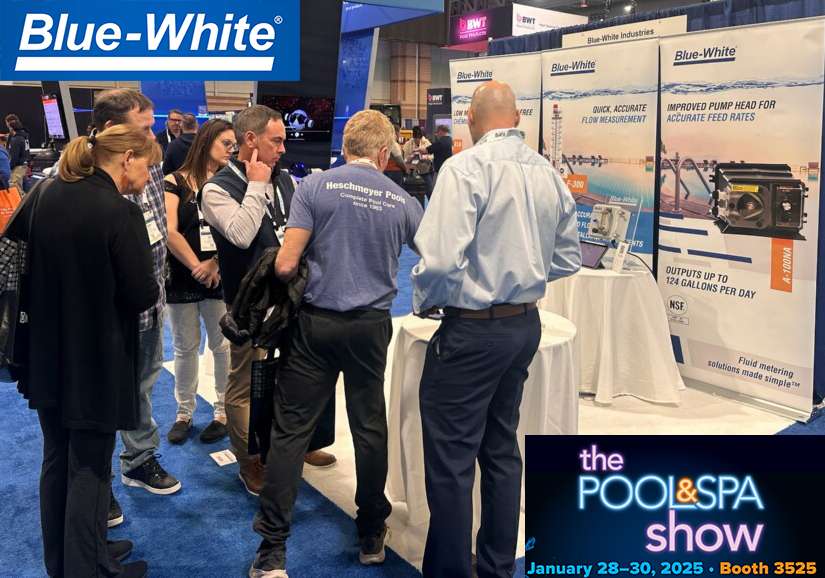
In January Blue-White attended the Pool Show in Atlantic City and displayed

Steve Hernandez /WaterWisePro and Blue-White®’s own Rich Hopkins proved they’re winners. The pair went up
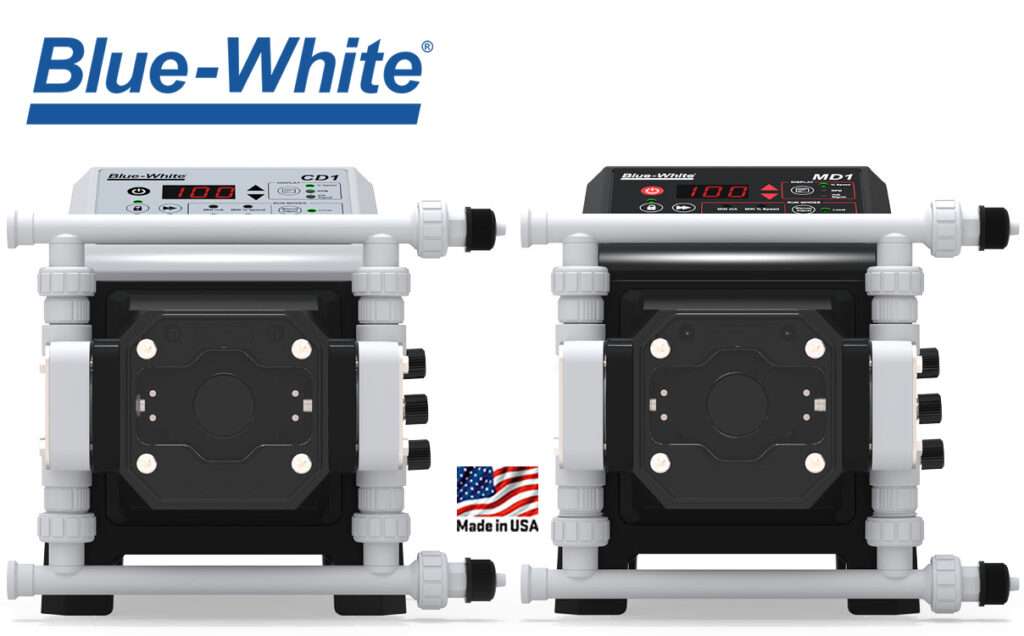
We’re excited to announce we’ve resumed shipment of CHEM-FEED® CD1 and MD1
Copyright © 2024 Blue-White
| Cookie | Duration | Description |
|---|---|---|
| cookielawinfo-checkbox-advertisement | 1 year | Set by the GDPR Cookie Consent plugin, this cookie is used to record the user consent for the cookies in the "Advertisement" category . |
| cookielawinfo-checkbox-analytics | 11 months | This cookie is set by GDPR Cookie Consent plugin. The cookie is used to store the user consent for the cookies in the category "Analytics". |
| cookielawinfo-checkbox-necessary | 11 months | This cookie is set by GDPR Cookie Consent plugin. The cookies is used to store the user consent for the cookies in the category "Necessary". |
| CookieLawInfoConsent | 1 year | Records the default button state of the corresponding category & the status of CCPA. It works only in coordination with the primary cookie. |
| elementor | never | This cookie is used by the website. It allows the website owner to implement or change the website's content in real-time. |
| viewed_cookie_policy | 11 months | The cookie is set by the GDPR Cookie Consent plugin and is used to store whether or not user has consented to the use of cookies. It does not store any personal data. |
| Cookie | Duration | Description |
|---|---|---|
| _ga | 2 years | The _ga cookie, installed by Google Analytics, calculates visitor, session and campaign data and also keeps track of site usage for the site's analytics report. The cookie stores information anonymously and assigns a randomly generated number to recognize unique visitors. |
| _gat_gtag_UA_85334924_1 | 1 minute | Set by Google to distinguish users. |
| _gid | 1 day | Installed by Google Analytics, _gid cookie stores information on how visitors use a website, while also creating an analytics report of the website's performance. Some of the data that are collected include the number of visitors, their source, and the pages they visit anonymously. |
| CONSENT | 2 years | YouTube sets this cookie via embedded youtube-videos and registers anonymous statistical data. |
| Cookie | Duration | Description |
|---|---|---|
| VISITOR_INFO1_LIVE | 5 months 27 days | A cookie set by YouTube to measure bandwidth that determines whether the user gets the new or old player interface. |
| YSC | session | YSC cookie is set by Youtube and is used to track the views of embedded videos on Youtube pages. |
| yt-remote-connected-devices | never | YouTube sets this cookie to store the video preferences of the user using embedded YouTube video. |
| yt-remote-device-id | never | YouTube sets this cookie to store the video preferences of the user using embedded YouTube video. |
Please fill out the form to request a quote.
A sales rep will reach out to you.
| Image | Catalog Number | Description | Price | Buy |
|---|